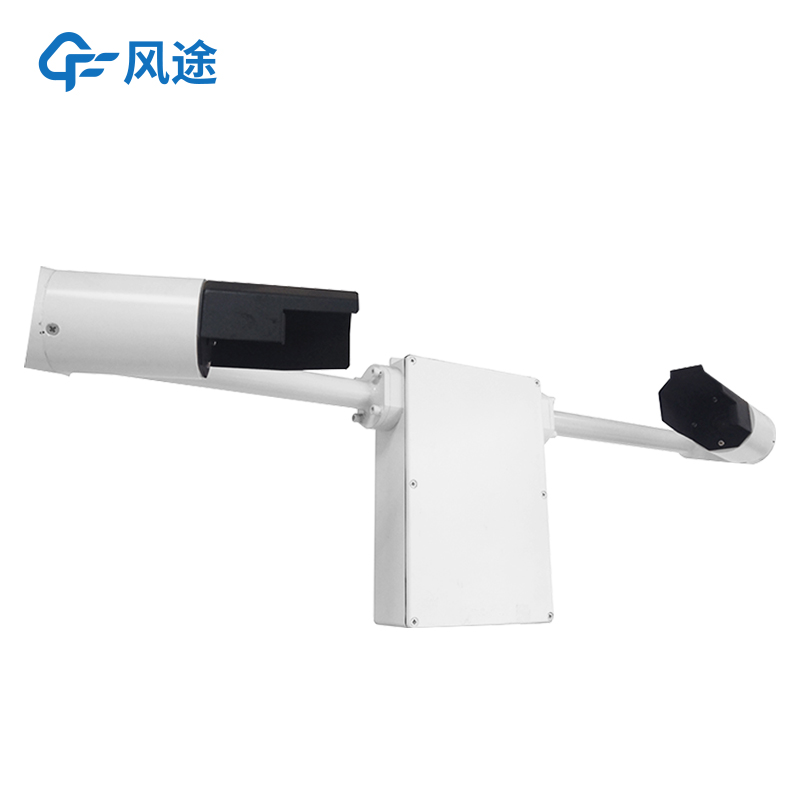Shandong Fengtu IOT Technology Co., Ltd
Sales Manager:Ms. Emily Wang
Cel,Whatsapp,Wechat:+86 15898932201
Email:info@fengtutec.com
Add:No. 155 Optoelectronic Industry Accelerator, Gaoxin District, Weifang, Shandong, China

Sales Manager:Ms. Emily Wang
Cel,Whatsapp,Wechat:+86 15898932201
Email:info@fengtutec.com
Add:No. 155 Optoelectronic Industry Accelerator, Gaoxin District, Weifang, Shandong, China
time:2025-08-15 09:11:33 source:Weather Station viewed:184 time
In an airport's operational system, visibility is one of the factors affecting aviation safety and efficiency. The installation of airport Visibility Sensors is precisely to monitor this critical meteorological data accurately and in real time, providing a scientific basis for aviation activities.
From the perspective of flight safety, visibility is directly related to the takeoff, landing, and taxiing phases of an aircraft. During takeoff, pilots need to clearly observe the runway and surrounding environment to determine whether takeoff conditions are met. If visibility is too low, pilots may struggle to accurately grasp the aircraft’s relative position to the runway, potentially leading to deviations in takeoff attitude and safety accidents. The landing phase has even stricter requirements for visibility: pilots must see runway markers clearly at a specific altitude to complete a precise landing. Forcing a landing when visibility fails to meet standards may result in serious consequences such as the aircraft deviating from or running off the runway. Airport Visibility Sensors can monitor visibility values in real time; once the value drops below the safety threshold, the ground command system can issue timely warnings to avoid dangerous operations.
Air transportation has extremely high requirements for time accuracy, and changes in visibility directly affect flight takeoff and landing schedules. Using the continuous data provided by the sensors, airport operation departments can predict visibility trends in advance, reasonably adjust the order of flight takeoffs and landings, and reduce flight delays or cancellations caused by sudden deterioration of visibility. For example, when it is detected that visibility will drop to a critical value within a certain period, flights qualified for low-visibility operations can be prioritized for takeoff and landing, maximizing the use of effective operational time and improving the overall operational efficiency of the airport.
Airport visibility data is an important basis for air traffic control. Air traffic control departments need to reasonably plan aircraft separation and routes based on visibility conditions. When visibility is low, controllers will increase the separation between aircraft and adjust flight paths to ensure flight safety. The accurate data provided by Visibility Sensors helps controllers make scientific decisions and maintain orderly air traffic.
Relevant aviation regulations also clearly require airports to be equipped with visibility detection equipment. The International Civil Aviation Organization (ICAO) and national aviation regulatory authorities have strict regulations on the configuration of airport meteorological equipment. Visibility Sensors are one of the essential devices, and their data must meet specific accuracy and update frequency requirements to ensure compliance with unified global aviation safety standards.
Therefore, the installation of Visibility Sensors at airports is an inevitable requirement to ensure flight safety, improve operational efficiency, and comply with aviation regulations. These sensors provide critical meteorological data for various aviation activities at the airport.

The 50KM Visibility sensor is a measuring instrument in industries such as road traffic and meteorology. It uses the forward scattering method to measure the total extinction coefficient of the air and thus obtain accurate visibility data.This sensor uses an aluminum shell, which is anodized and pai...
Atmospheric visibility is an important indicator in meteorological observations, and there are diverse methods for its measurement. The traditional visual estimation method is rather straightforward. It relies on observers to visually observe the target object and determine the maximum distance at w...
Traditional pest monitoring is labor-intensive and time-consuming, making it difficult to meet the needs of production efficiency. However, the Insect Monitoring System successfully addresses this issue through the integration of interdisciplinary theories and modern technologies. It is not a simple...
Against the backdrop of intensifying global climate change, frequent extreme weather events, and the growing reliance on refined meteorological data across various industries, high-precision and highly reliable environmental monitoring has become a critical need in numerous fields such as meteorolog...